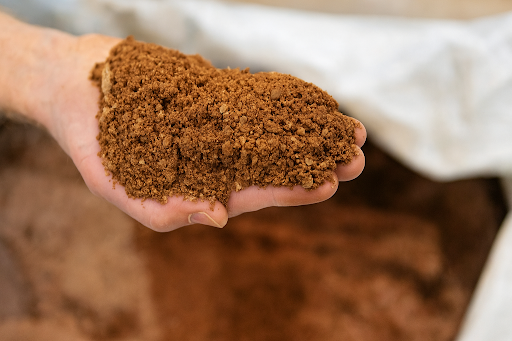





Disclaimer: Copyright infringement not intended.
Context: Prime Minister Shri Narendra Modi congratulates people of Ladakh for creation of five new districts.
Details
|
Particulars |
Details |
|
Union Territory |
Ladakh became a Union Territory on 31st of October 2019. |
|
Administrative Division |
Leh, the capital of Ladakh. Originally had two districts: Leh and Kargil. New districts include Zanskar, Drass, Sham, Nubra, and Changthang |
|
Connectivity |
National Highway 1A connects Leh to Kashmir Valley via Zoji la Pass. Manali-Leh Highway crosses four passes: Rohtang la, Baralacha la, Lungalacha la, and Tanglang la. Know as Land of Passes. |
|
Bordering Regions |
Bordered by Chinese Tibet Autonomous Region (east), Himachal Pradesh (south), Jammu and Kashmir, Pakistan-administered Gilgit-Baltistan (west), and Xinjiang (north). |
|
Geographical Region |
Ladakh is a cold desert on the eastern side of Jammu and Kashmir. Ranges from about 3,000m in Kargil to over 8,000m in the Karakoram. Enclosed by the Karakoram Range (north) and Zanskar mountains (south). |
|
Climate |
Low rainfall (10 cm/year) due to rain shadow of the Himalayas. Summer day temperatures: Just above 0°C, Night temperatures: Well below –30°C. Winter temperatures: May remain below –40°C. Drass, one of the coldest inhabited places on earth, is located in Ladakh. Also know as Khapa-chan, meaning "snow land." Receives winter snowfall due to western disturbances. |
|
Rivers |
Indus is the most important river; others include Shyok-Nubra, Chang Chenmo, Hanle, Zanskar, and Suru-dras. Doda river and the Lungnak River: entirely flows with Ladakh. |
|
Glaciers |
Gangri Glacier, Siachen Glacier (second largest outside polar regions, largest in the Himalayas). |
|
Lakes |
Pangong Tso, Tso Moriri, Tso Kar located in the Changthang Plateau; some of the highest saltwater lakes in the world. |
|
Flora and Fauna |
Sparse vegetation due to high aridity; groves of willows and poplars in valleys; fruit trees (apples, apricots, walnuts) bloom in summer. Birds: Robins, redstarts, Tibetan snowcock, raven, hoopoe (some migratory). Animals: Wild goats, wild sheep, yak, special kinds of dogs; Yak’s milk used for cheese and butter; sheep and goat hair used for woolens |
|
Ethnicity |
Predominantly Muslims and Buddhists; several Buddhist monasteries (gompas) like Hemis, Thiksey, Shey, Lamayuru. |
|
Agriculture |
Summer crops: Barley, potatoes, peas, beans, turnip. |
|
Tourism |
Major activity with visitors from India and abroad; popular for visiting gompas, trekking, and witnessing ceremonies and festivities. |
Source
https://ncert.nic.in/textbook/pdf/gess209.pdf
https://ladakh.gov.in/about-department/introduction/
https://www.himalayanecotourism.com/lakes-of-ladakh/
|
PRACTICE QUESTIONS
Q. Consider the following statements.
How many of the following statements about Ladakh is/are incorrect? A. Only one B. Only two C. Only three D. All four Answer A Statement 1 is incorrect: Ladakh is enclosed by the Karakoram range in the north, not in the South and the Zaskar mountains in the South and not in the |







© 2025 iasgyan. All right reserved